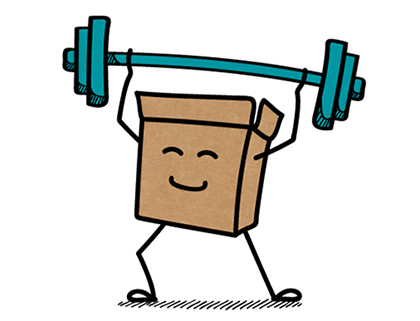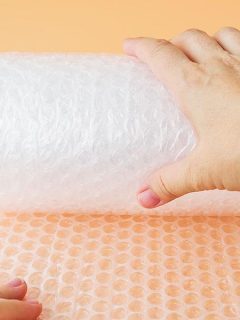Here they are! All our tips for sending a heavy and large parcel. Due to their exceptional size and weight, these types of cargoes are now much more susceptible to damage. This calls for a few extra points of attention. As a specialist in packaging materials, we at RAJA know better than anyone how important it is to get a product to its final destination in perfect condition. That’s why we collected some tips here that you can use to ship even your biggest or heaviest goods in complete safety.
1. When do we speak of a large parcel?
Good to know: there is no official classification to designate a parcel as ‘large’. In general, we speak of a large parcel when the standard dimensions that transport companies use in their shipping conditions are exceeded. So you often can’t just include those orders with a standard courier shipment.
For postnl, for example, this means that you have to take the following values into account:
- Parcels up to 10 kg can be no larger than 100 x 50 x 50 cm. If your parcel is larger, you will pay the rate of a heavier parcel.
- Parcels weighing 10-31.5 kg can be a maximum of 176 x 78 x 58 cm. Larger and heavier parcels can be sent as freight.
2. When do we speak of a heavy package?
According to European legislation, a parcel is considered ‘heavy’ if it weighs more than 23 kg. In that case, your parcel must be labelled clearly indicating this. Above 70 kg in weight, parcels are considered cargo by default. That means your shipment must be transported on a pallet.
Finally, it is important to mention that the weight of a parcel does not equal its volume weight. The latter mainly indicates the space a parcel takes up in a means of transport. The major advantage over real weight, is the fact that volume weight better matches the type of goods to the means of transport. The application of this formula has, for example, made it cheaper to ship light and compact parcels by air. Very heavy and bulky goods are most economically moved by ship.
3. Which packaging is suitable for sending a large parcel?
The basis for successful shipping? As usual, that is often the box in which you pack your goods. For an exceptionally heavy and large parcel, it is best to use a box made of triple corrugated cardboard, or a box made of plywood.
- Use bespoke packaging. Make sure you choose a box or crate that fits as closely as possible around your product. The closer the packaging fits around your goods, the less risk there is of the goods shifting. It is precisely because of these shifts that most damage is done during transport.
- Use a box you haven’t used before. We recommend opting for a new box. That way you can be sure that the cardboard quality and thickness still do their job optimally.
- Use a high-strength box. For parcels exceeding a weight of 70 kg, it is advisable to choose cardboard boxes made of triple corrugated cardboard. This cardboard layer is about 14 mm thick and provides optimal protection for export shipments or long-term storage. For lighter parcels, a cardboard grade of double corrugated will suffice.
- Use export crates if necessary. These crates are made of plywood and are therefore extra robust.
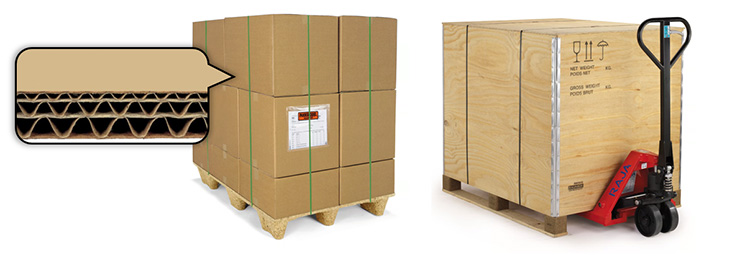
4. Six essential accessories for your export packaging
Once you’ve got a sturdy box or export box in house, it’s time to make your packaging effectively ready for shipping. With the 6 accessories below, this will be child’s play for you! Together, they ensure that your goods are always firmly secured and well protected during bumpy transport.
| 1. Padding With heavy goods, it is important to fill your box with the right material. That filling material should preferably have a high density so that it can withstand the necessary pressure. Examples are foam sheets or shock-absorbing pads. Even under high weight, they still retain their shape well. . |
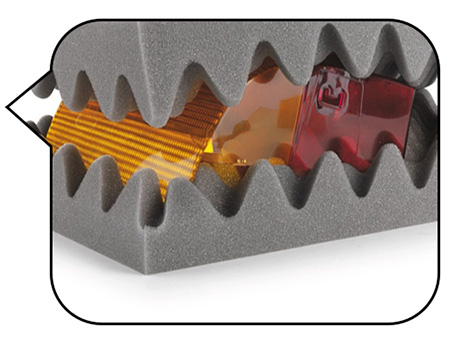 |
|
2. Closing with staples |
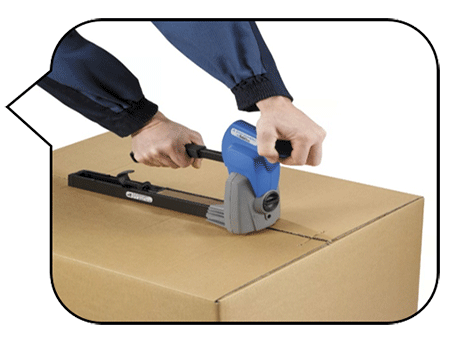 |
|
3. Closing with tape |
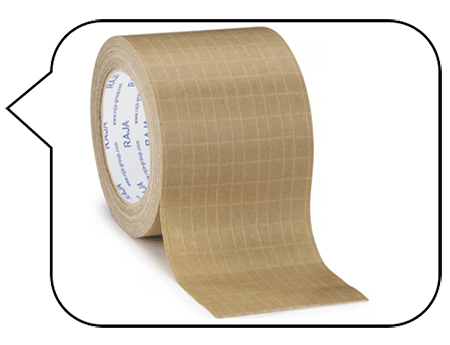 |
|
4. Palletising |
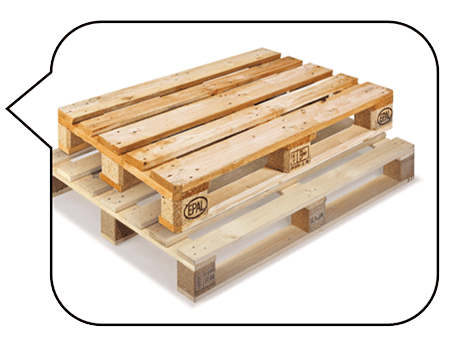 |
|
5. Stabilise |
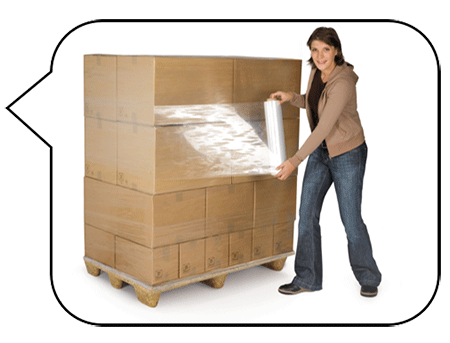 |
|
6. Labelling |
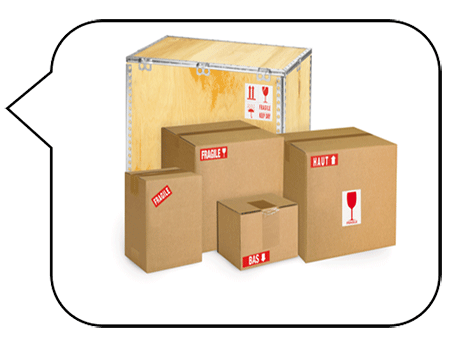 |
5. How to avoid too high shipping costs?
When sending ‘large’ parcels, you probably also immediately think of ‘large’ costs. But that does not always have to be the case. With the tips below, you can keep your shipping costs optimally under control.
- Negotiate the courier’s shipping rate. If you make several shipments at the same time, you can often agree on a cheaper price.
- Reduce volume weight. This too will have an impact on your rate calculation. You can read exactly how this works in this blog article on volume weight.
- Avoid sending too many heavy goods bundled together. Sometimes it can work out better for you if you spread your goods over several lighter packages.
With the packaging, accessories and tips from this article, you will have the perfect basis for sending a large and heavy parcel. Still need extra help? RAJA ‘s specialists are here to help you every step of the way.
